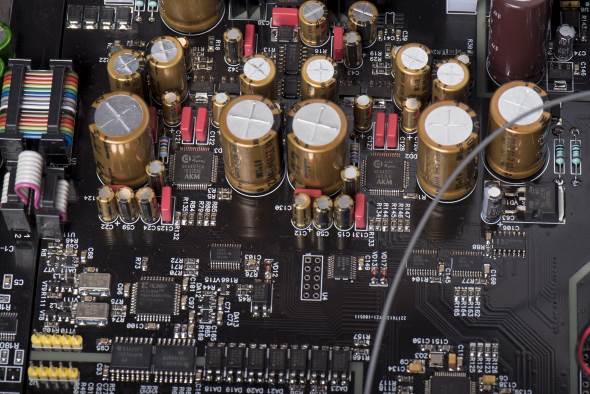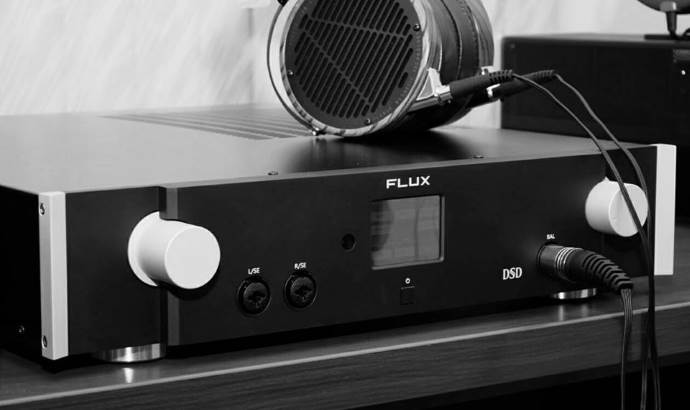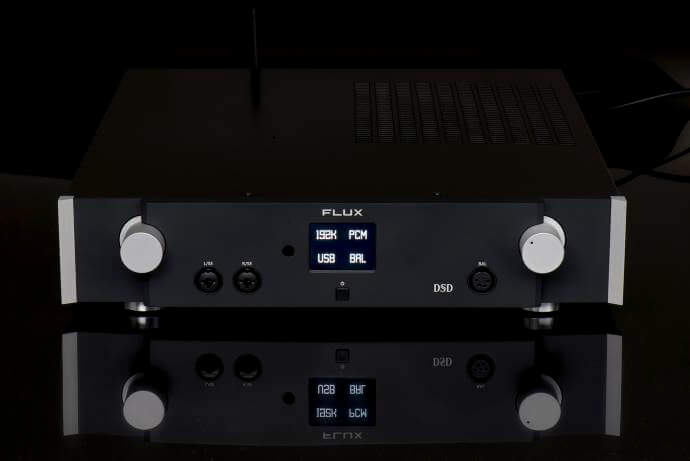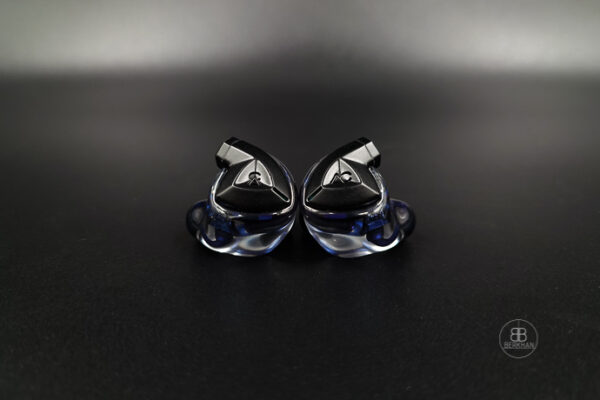Disclaimer: The Flux Lab Acoustics Atlas was sent to us by the company itself. This unit after his review will be used as demo unit for BeNeLux audio shops as well as reference unit for our articles. Flux Lab Acoustics is not in any way related to Headfonia.
Flux Lab Acoustics
Probably the name doesn’t ring a bell with most of you and to be honest, it didn’t ring any bells for myself when I first heard about them. I have been following them since May last year when they showed a prototype of the unit we’re reviewing today at he High End show in Munich. You can find their website right here: https://fluxlab-acoustics.com/. Let’s first get acquainted with the new company.
Flux Lab Acoustics is a Ukrainian company dedicated to the design and manufacturing of high-end audio products. Fully designed and manufactured in Ukraine. Flux Lab Acoustics is devoted to developing best-sounding audio equipment.
The team has an unrivaled experience in the high-end audio industry covering both digital & analog board design, software developing as well as mechanical design. The company strongly believes that correctly applied technology confirmed by in-depth measurements at the lab and finally a thorough listening is the way to improve the art of audio reproduction.
Flux Lab products provide a unique blend of ultimate audio performance, timeless design and build quality. Based on the latest technologies and ready for future upgrades due to its software update possibility, they make every audiophile’s heart beat faster. Last but not least, the company takes enormous pride in correlating superb audio performance with reliability.
Atlas
Flux Lab Acoustics still is a fairly new company in the audio scene and up to now, they next to the unit we’re reviewing today only have one other product called the Solid One. You can find that dedicated product page here: https://fluxlab-acoustics.com/fluxlab-catalog/solid-one/
Solid One is Flux Lab’s first headphone amplifier with an integrated USB DAC with high-resolution PCM and DSD64 data support. Digital music is converted to analog by an AKM AK4399 DAC chip. The unit we’re looking at today however is their new reference product, the Atlas. You can find Atlas’ product page right here: https://fluxlab-acoustics.com/fluxlab-catalog/atlas/

There will be more units added to the product line-up soon, such as an extra powerful version of the Atlas – which will be a bit more expensive – and then a more basic unit.
The high-end Atlas according to the Ukrainian company is the outcome of 10 years of experience in designing High-End audio equipment and 2 years of continuous development of this model only. The Atlas not only is a DAC, but it also is a headphone amplifier, a pre-amp and a streamer. It’s the typical “all-in-one” unit but at a high end level. Back when the Flux Acoustic Labs started developing the Atlas they weren’t planning on making it this versatile. They just kept adding functionalities because of user feedback and basically because they had the knowledge to do so. In the end you get one unit that basically has you covered in all possible ways.
The Atlas is equipped with a touch screen, a digital encoder, a motorized volume control and an infrared port for the remote control. Being a true balanced circuit design the Flux Atlas is built with a premium Japan Alps motorized rotary volume potentiometer with 4 tracks.We’ll go into detail about he different functionalities over the next paragraphs.
The power supply module circuitry includes capacitors of Fine Gold series manufactured by Nichicon and tailored to audio devices. According to Flux, the use of these capacitors allows you to get a clearer sound in the entire frequency range and, in particular, a magnificent low-frequency range.
Of course we’re mostly interested in the DAC and headphone amplifier part here at Headfonia, so we’ll be focusing on these parts most of the time. The headphone amplifier (and pre-amp) is built entirely on a basis of balanced layout for which four identical amplifier units are used. Amplifiers operate in deep class A, which allows gently transmitting the smallest peculiarities when playing audio recordings. The amplifier circuit has three basic gain setting options for matching with headphones with various impedance and sensitivity. You have the option between 3.5dB, 15.1dB, 21.2dB and 23.9dB
The Atlas puts out 2600mW RMS per channel at 32Ohm, 1700mW RMS per channel at 50Ohm and 360mW RMS per channel at 300Ohm.
The Atlas is a high end do it all unit and as such it doesn’t come cheap. Think of a retail price somewhere in the neighborhood of $5000USD or just under. Atlas is a very versatile unit and so a big part of this article will be about he different non-sound functions.

Design, Lay-out + Inputs & Outputs (front & Back)
To be honest I was expecting a normally sized unit so when the Atlas arrived, I was quite in shock. Turns out the Atlas is, well, huge in size and it measures 43.2cm x 9.6cm x 52.7cm. That’s 17 x 3.8 x 20.7 inches, making it enormous in size and bigger than any other unit in my collection ever. It also weighs an impressive 11.2kg or 24.2lbs and it simply doesn’t fit any of my furniture. According to Flux Lab Acoustics, the Atlas was built with the standard high end audio component size in mind and they couldn’t build it in a smaller case because of the technology and functionalities incorporated in the design. So if you don’t have a lot of room, be warned.
Lay-out-wise the Atlas is pretty classic with the outputs on headphone outputs and controls on the front and the in- and outputs on the back. On the front we from left to right find:
- Select know for the menu
- Two single ended 6.3mm headphone outputs which also are two balanced 3-pin XLR connectors
- The infrared port for the remote control
- The small touch screen which is right in the middle
- The power button under the screen
- The 4-pin XLR headphone output
- The volume control
It’s a very stylish and nice looking front of the unit and it’s very easy to work with.
The article continues on page two, after the click here, or by using the jumps below










Jason Bradshaw
11kg! Heavy gear! U could work out with this! I like it!
Stan
Thanks for extended review, Lieven!
Let me just add that based on one-month living with Atlas (accompanied by Meze Empyrean – both are outstanding!) I have to report that I2S/LVDS-through-HDMI input realized in Atlas on best way. It is rather rare thing. I have best performance using this type of connection with my transport.
Regards,
Stan
Pan
Seems like another company that makes excellent products but gets very little exposure. A few years back I heard the Head II from Trafomatic Audio and was blown away by their gorgeous sound. Before the audition I didn’t even know the company, and Googling it will tell you they still have relatively little exposure here in the state side. I ended up buying one this month. I know when its time to say goodbye the resale value is going to tank really hard, but given how good they sound, I’ll take the hit.
This Flux Lab company seems interesting. I’m really interested in the IRIY and IRIY TUBE, just that there’s no way to demo it….I’ll email the company owner and see what they can do.
Darek Kawulok
Thanks Lieven,
I wanted to ask you, after reading several of your reviews, if you had to chose and could use only one amp , what would it be ? Amp for both IEM and full cans I have 64audio u18t and am thinking of getting full size cans. And would like to have just one amp. What would you suggest ?
Thanks